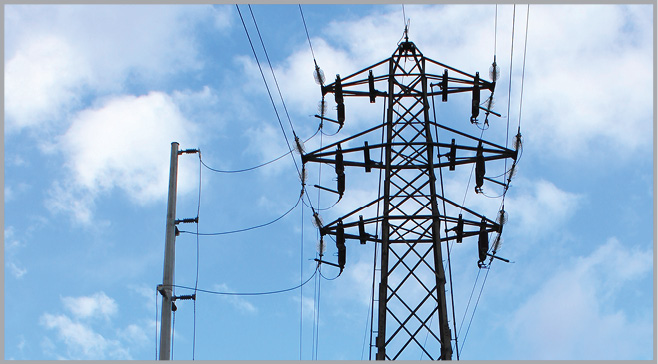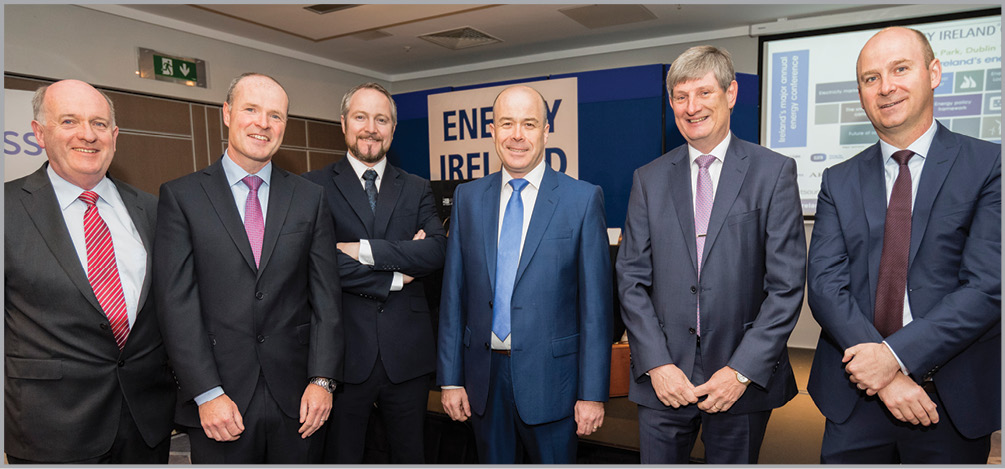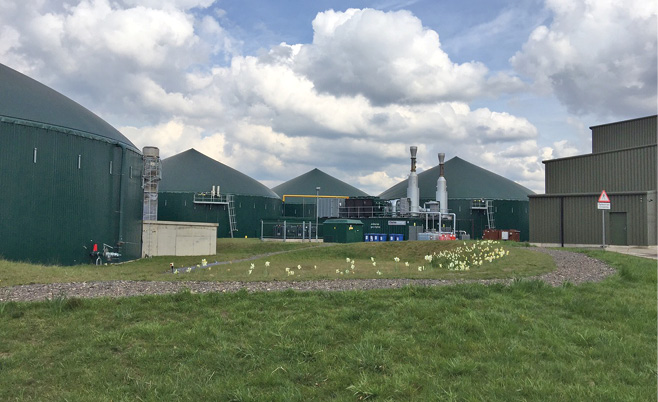
Innovations in the power sector: POC-MAST, Protean and UAV LiDAR
8th November 2016
Energy Ireland® 2016
9th November 2016Heating up a renewable revolution


As 2020 approaches, businesses are looking for renewable heating solutions. With no conversion required, renewable gas or ‘biogas’ – also known as ‘green gas’ – is the preferred option for most companies. Gas Networks Ireland and Ireland’s energy suppliers are looking to deliver a renewable gas revolution. Ian Kilgallon, Innovation & Business Development Manager with Gas Networks Ireland outlines the case.
In recent years a significant quantity of land has fallen out of production due to the decoupling of the EU Common Agricultural Policy (CAP) payments from food production. This land can be reinvigorated to produce energy and sequester carbon from the atmosphere into the soil which reduces emissions from the agricultural sector.
Even more importantly, renewable gas can be made from slurry. Ireland is seeking to significantly increase our exports of both beef and dairy. In doing so, we will significantly exacerbate what is already a serious problem of emissions from cattle in Ireland. By using slurry to make renewable gas, the emissions from manure are significantly reduced. This delivers a double saving. By reducing our emissions, we take a step closer to avoiding heavy fines from the EU Commission.
Demand from industry
In many cases with renewable energy, supply occurred before demand. As the environment becomes a more important focus for people and for businesses, demand for renewable gas is leading this thermal energy revolution.
Interest from industry in renewable gas is high. The recently formed Renewable Gas Forum of Ireland includes some of Ireland’s largest companies. These leading companies have come together with energy suppliers such as Vayu, Calor and Bord Gáis Energy as well as Gas Networks Ireland, in their role as network operator to push for the development of renewable gas in Ireland.
Why are businesses so keen for this to happen? As the world has woken up to the challenge of climate change, businesses are looking to reduce and in many cases eliminate their carbon footprint. Many of Ireland’s largest businesses, whether Irish or internationally owned, are looking to a zero emissions target.
Most of these companies are large thermal energy users. Even allowing for mitigation measures, it is impossible for them to achieve their goals without the availability of a renewable, thermal energy solution.

Agrivert AD facility, located in Wallingford, Oxfordshire.
The reason that most large companies are looking for a renewable gas solution, as opposed to alternatives such as solid biomass, is that these companies, like most companies and homes have already made substantial capital investments in their heating infrastructure. They do not want to change to a new system. For some companies, installing a new system will cost millions of euro. They are familiar with gas and ideally they want a system that can deliver emissions savings using the same equipment. Renewable Gas can do that, and that is why companies such as Diageo, Wyeth, and other major energy users are seeking that solution to be available in Ireland.
The clamour for this to happen is getting louder. Many of the companies involved are also working towards 2020 emission targets. They are making decisions now as to how to achieve those.
It is notable that governments throughout Europe are promoting the availability of renewable gas as a magnet for Foreign Direct Investment.
The IDA has for some time been using the availability of renewable electricity as a carrot to enhance data centres and other large power users. If Ireland does not address the issue of thermal energy soon, we may find that other countries use this to lure companies away from here.
How it works in practice?
Gas Networks Ireland is promoting a solution based on a small number of renewable gas injector points on the national gas network. These injector points could be operated by private fuel companies or indeed by co-operatives.
Once the gas is injected into the network, it is the same as conventional natural gas and is available for use by customers. Just as with renewable electricity, a customer could choose that their gas would be renewable and this would be based on an independent green certification system. The source of the customer’s gas could be renewable or conventional. The important thing, from an emissions perspective, is that the renewable gas would displace, conventional gas. An even bigger environmental benefit would come from customers switching from coal or oil powered solutions to renewable gas.
A vision for the future
Renewable gas is not going to replace natural gas immediately. In 2014, the percentage of renewable energy delivered onto the energy grid in Ireland was 8.6 per cent¹. Utilising Ireland’s circa €2.7 billion investment into gas infrastructure can be easily and quickly leveraged to increase renewable energy by 2020 and beyond. Gas Networks Ireland believes that at least 10 per cent of all gas used in Ireland can be renewable by 2030 with this figure growing rapidly thereafter. This would make a significant impact on reducing Ireland’s greenhouse gas emissions and will ensure that Ireland remains a country in which environmentally sound manufacturing is possible.
Gas Networks Ireland is working with industry partners and Government to kickstart this thermal energy revolution. 2017 is likely to see the first steps taken.
Gas Networks Ireland
Gasworks Road
Cork, T12 RX96
Tel: 021 453 4000

